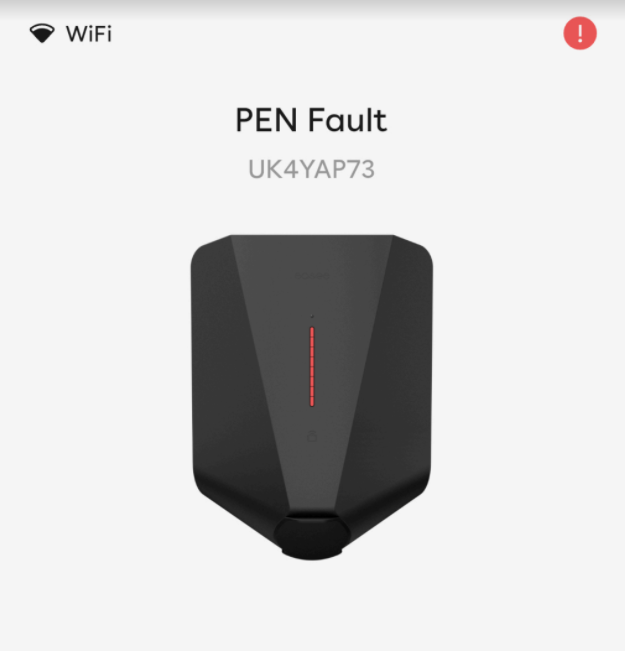- Joined
- Jun 13, 2022
- Messages
- 7,580
- Reaction score
- 11,678
- Points
- 3,256
- Location
- Paignton, UK
- Driving
- MG4
For peace of mind, I would always recommend a home charger. The cost is a small fraction of the cost of the EV itself and the running cost savings should pay for it quite quickly.I am starting to get put off in buying an MG4 or any other EV now due to all the charging hassles regarding a granny charger.
I only cover around 150km (94 miles) average weekly and was just going to charge the MG Long Range in my garage with a standard 240 volt 10 amp power source which we have here in Australia.
It would probably only need charging around 40% (24kw) once weekly but would probably need 10 hours or so which is not advised here on this forum.
I suppose the other option is to charge it for 5 hours twice weekly or after each small trip for a couple of hours or so. Perhaps this would put less stress on the home electrical system of which I obviously know nothing about?
Due to my low mileage I did not think it was worthwhile spending big bucks on a wall charger or whatever.
